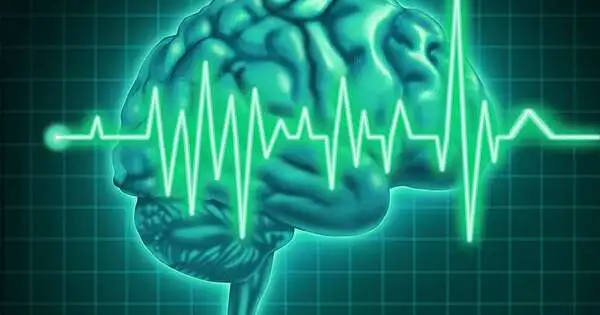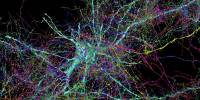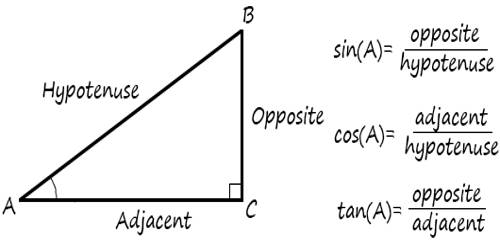New clinical guidelines for determining brain death, often known as death by neurologic criteria, have been issued. A new consensus practice guideline developed by the American Academy of Neurology (AAN), the American Academy of Pediatrics (AAP), the Child Neurology Society (CNS), and the Society of Critical Care Medicine (SCCM) will be published in the online issue of Neurology®, the medical journal of the American Academy of Neurology, on October 11, 2023.
On the determination of brain death, this guideline updates the 2010 AAN adult practice recommendations and the 2011 AAP/CNS/SCCM pediatric practice guidelines. Because there was a scarcity of high-quality information on the subject, the experts developed the guideline using an evidence-informed consensus approach.
Brain death means that clinicians cannot observe or elicit any clinical signs of brain function. Brain death is different from comatose and vegetative states. People do not recover from brain death. Brain death is legal death.
David M. Greer
“Until now, there have been two separate guidelines for determining brain death, one for adults and one for children,” stated author Matthew P. Kirschen, MD, PhD, FAAN, of the Children’s Hospital of Philadelphia and a member of the Child Neurology Society and the Society of Critical Care Medicine. “This update integrates guidance for adults and children into a single guideline, providing clinicians with a comprehensive and practical way to evaluate someone who has sustained a catastrophic brain injury to determine if they meet the criteria for brain death.”
Brain death is the total and irreversible termination of brain function in a person who has experienced catastrophic brain injury.

“Brain death means that clinicians cannot observe or elicit any clinical signs of brain function,” said author David M. Greer, MD, FAAN, FCCM, of Boston University in Massachusetts. “Brain death is different from comatose and vegetative states. People do not recover from brain death. Brain death is legal death.”
The consensus practice guideline lays forth a systematic process for trained doctors to use when determining brain death. As part of this treatment, professionals conduct an evaluation to evaluate whether the brain and brainstem are clinically functioning, including whether the person can breathe on their own. A person is considered brain dead if they have a catastrophic brain injury, have no chance of recovering any brain function, are fully unresponsive, do not display any brain or brainstem function, and cannot breathe on their own.
This guideline covers changes on the requirements for determining brain death, the examination and examiners, apnea testing, and auxiliary testing.
















